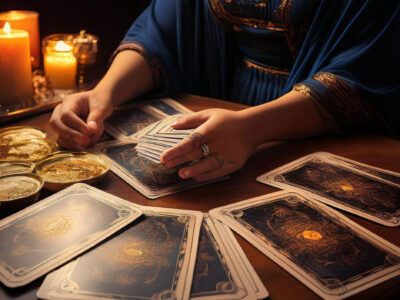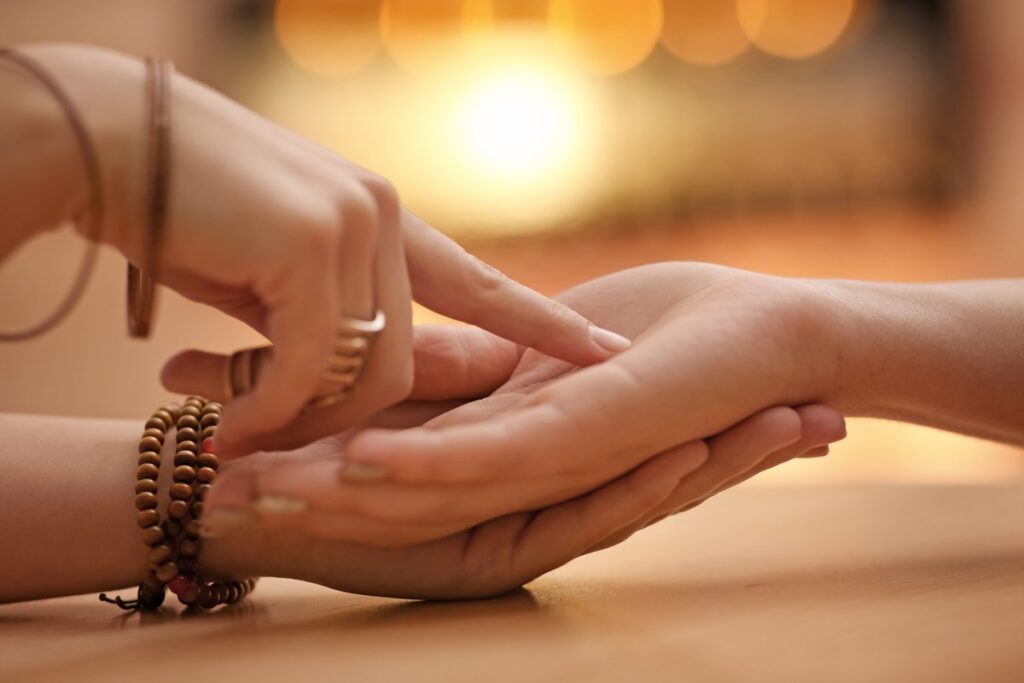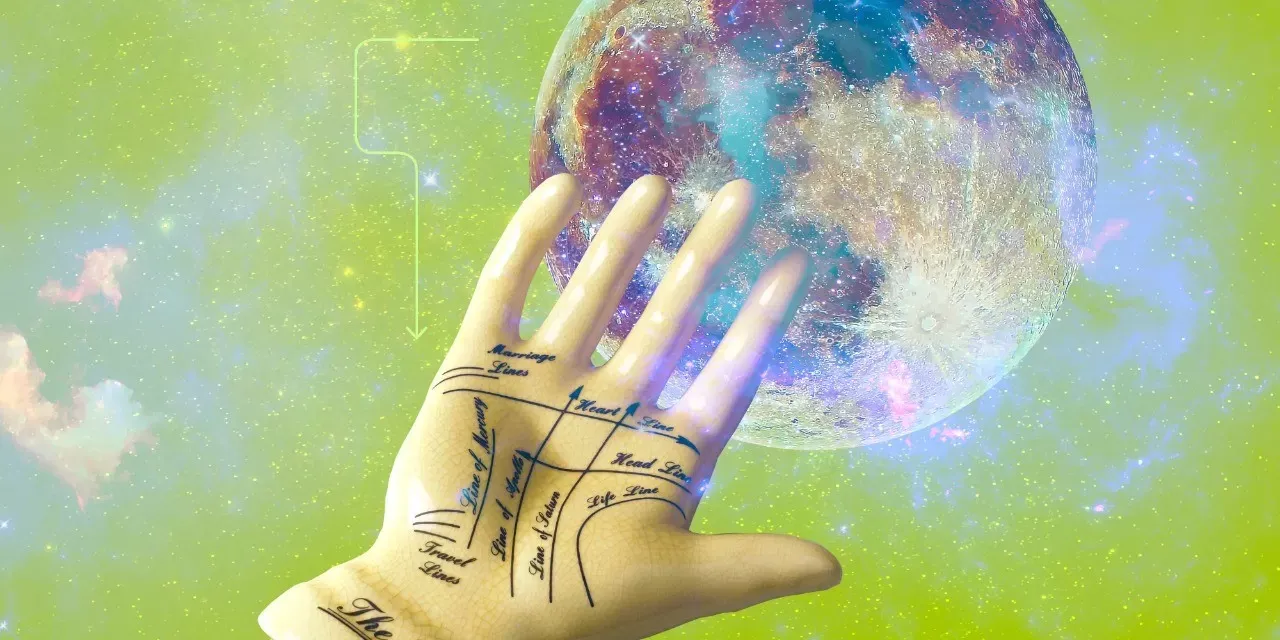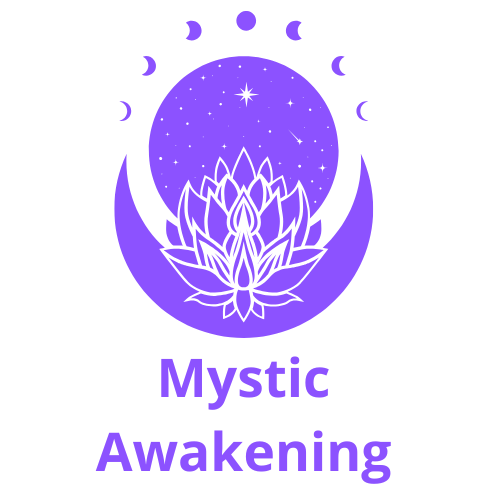
Palmistry Revealed: Decoding Your Future Through Hand Reading

The art of palmistry dates back centuries and continues to fascinate with its promise of unlocking hidden destinies etched in our hands. Palmistry is not just a mystical practice—it’s a unique blend of acute observation, intuitive insight, and ancient wisdom that can reveal aspects of your personality and future. In today’s holistic era, where more people seek unconventional guidance, this article explores the historical roots, essential features like major lines and markings, and the practical application of this mesmerizing art. If you have ever wondered whether the creases on your hands conceal secrets of your destiny, read on to discover how palmistry might illuminate your path.
The History and Philosophy of Palmistry
Palmistry, also known as chiromancy, boasts a rich history spanning several ancient civilizations. From its early practice in India and China to its adoption in Greek and Roman cultures, this mystical art has long been intertwined with the belief that our hands reveal our innermost secrets. The symbolism of the hand transcends physical appearance; it narrates a story of destiny, character, and hidden potential that guides a person throughout their life.
Historically, both revered sages and commoners practiced palmistry to predict major life events, assess personal strengths, and warn of impending challenges. Its evolution has been influenced by various philosophical doctrines, including astrolo-psychology and metaphysical theories, with each era reflecting contemporary societal values. Today, modern practitioners merge historical wisdom with fresh insights to help individuals gain a deeper understanding of themselves.
At its core, palmistry rests on the idea that the hand is a mirror of one’s life journey. Each line, marking, and curve contributes to a unique narrative that is also part of a universal human experience. This tradition affirms that while the hand indicates potentialities, it does not determine a fixed future. Instead, it offers guidance, empowering individuals to harness their strengths and work on their challenges for more positive outcomes.
Understanding the Major Lines and Markings
At the heart of hand reading are several major lines that reveal different facets of an individual’s life. The three primary lines—the heart, head, and life lines—each carry distinct meanings and offer insights into emotional well-being, intellectual tendencies, and overall vitality. Understanding these lines demands both careful observation and an appreciation of symbolic detail, as their curves and intersections can shed light on how one approaches relationships, challenges, and personal goals.
Complementing the primary lines are various markings and secondary lines, such as fate lines, sun lines, and even minor wrinkles that naturally develop over time. Palmistry teaches that no detail is trivial; every crease reflects a life filled with lessons, hardships, and triumphs. Variations in these markings help practitioners discern influences ranging from career prospects to interpersonal dynamics.

As you become acquainted with these subtle details, remember that the art of palmistry thrives on a balance of intuition and keen observation. Every hand is unique—its intricate lines and markings are like personal fingerprints that contribute to one’s individuality. Many palm readers also assess the hand’s overall tone, texture, and even the flexibility of its fingers to refine their interpretations.
Exploring the Major Lines
The Heart Line is often seen as an indicator of emotional depth and relationship dynamics. A long, deep heart line usually symbolizes rich emotional reserves and intuitive empathy, while a shorter or fragmented line may suggest a more reserved nature.
The Head Line, which pertains to intellectual pursuits and thought processes, is examined for clarity, length, and breaks. This scrutiny can reveal how an individual copes with challenges and makes decisions under pressure.
Deciphering Minor Markings
Fate lines, typically running vertically, are seen as markers of a person’s life path, indicating the impact of external influences on one’s destiny. They may hint at career opportunities or obstacles.
Other minor markings, such as the sun line or specific health indicators, provide insight into physical well-being and achievements. Interpreting these symbols requires a blend of systematic observation and an appreciation for their deeper symbolic meanings.
Practical Applications: How to Read a Hand
Palmistry is not merely a tool for prediction; it offers valuable guidance for self-improvement and decision-making. Today, many people use this ancient practice alongside modern counseling techniques to tap into their inner wisdom. Whether you are an experienced practitioner or a curious beginner, learning to read a hand requires patience and continuous practice. The key to practical palmistry lies in blending traditional symbolism with contemporary methods of self-reflection.
In real-world applications, palmistry can unveil personal strengths as well as potential challenges. For example, a deep, well-defined heart line may signal a capacity for love and empathy, while discontinuities might point to emotional struggles or unresolved issues. Observing these features empowers individuals to take proactive steps toward personal development and healing.
For those starting out, it is crucial to approach hand reading with an open mind and a readiness to learn from each session. Every reading is not just a prediction but a gateway to personal growth. Many experts recommend maintaining a journal to record observations over time, allowing emerging patterns to validate the interpretations made during each session. This methodical approach not only enhances the accuracy of readings but also builds confidence in interpreting life’s intricate signals.

Modern Interpretations and Myths Debunked
In modern times, palmistry has experienced both a wave of skepticism and a revival of interest as people attempt to reconcile ancient practices with contemporary scientific thought. Although mystical insights continue to allure many, it is essential to approach palmistry with a discerning mindset. Modern interpretations view it more as a tool for self-reflection than a definitive predictor of the future. Modern palmistry emphasizes exploring one’s inner psyche while acknowledging that free will ultimately shapes our destiny.
Several myths surround the practice of palmistry—for instance, the notion that the lines on your hand wholly determine your destiny. Critics argue that hand reading is more of an art than a precise science, symbolizing cultural narratives rather than a fixed blueprint. Contemporary palmists have worked to dismantle these myths by integrating psychological insights and empirical data, underscoring that while the hand tells a story, it does not dictate an inevitable ending.
By distinguishing historical lore from objective observation, modern practitioners have paved the way for a more balanced practice of palmistry that marries mysticism with rational thought. They stress that a positive attitude and a willingness to change are vital elements for personal transformation. In today’s holistic environment, palmistry is celebrated not only for its potential predictive value but for its capacity to deepen self-awareness and inspire personal growth.
Debunking Common Myths
One persistent myth is that a single line can forecast all aspects of your future. In reality, each hand is a complex tapestry of overlapping influences that work in concert.
Another misconception is that palmistry is incompatible with modern science. However, contemporary studies of body language and physiology often echo the ancient observations found in palmistry.
Integrating Science and Mysticism

Modern practitioners frequently combine scientific techniques, such as statistical pattern recognition, with traditional palmistry methods to offer more nuanced interpretations.
This integrative approach caters to those seeking both emotional insight and practical advice, effectively merging the tangible with the intangible.
The Spiritual Dimensions of Hand Reading
Beyond its practical applications, palmistry occupies a sacred space in many spiritual traditions. In holistic and mystic circles, hand reading is revered as a potent tool for connecting with cosmic energies and accessing divine guidance. The hand, as a symbol of creation and transformation, is believed to channel energies that resonate deeply with our spiritual essence. This spiritual dimension elevates palmistry from a simple physical practice to a profound conduit for inner healing and universal connection.
Many spiritual practitioners assert that studying the lines on the hand can help tap into deeper levels of consciousness and unlock latent potential for both personal and spiritual growth. It is common for sessions to incorporate meditative practices and energy-balancing exercises that enhance the interpretative process and foster overall well-being.
For those exploring this mystical path, combining meditation, energy work, and intuitive reading can offer transformative insights into life’s challenges and opportunities. The spiritual journey through palmistry promotes introspection, self-love, and a more profound connection with the universe. It is truly a path of compassion and understanding, inviting each seeker to look inward and unearth the hidden wisdom beneath the surface.
Content Ideas and Future Directions in Palmistry
Diving deeper into the captivating world of palmistry, several innovative content ideas can inspire both enthusiasts and newcomers. The convergence of modern technology with ancient wisdom is opening up new avenues for interactive guides, video tutorials, and digital applications. Today’s readers crave content that not only informs but also engages them with interactive quizzes, webinars, and community forums dedicated to the art of hand reading.
Future articles could explore the integration of palmistry with other holistic practices such as tarot reading, astrology, and energy healing. By comparing and contrasting these disciplines, creators can offer multifaceted perspectives that resonate with a wide audience. Interviews with renowned palmists, transformative case studies, and insights from current research provide rich material for deep-dive articles that cater to both beginners and advanced practitioners. This approach helps demystify the art while celebrating its longstanding tradition.
There is also a growing interest in how cultural influences shape palmistry practices worldwide. Examining regional variations, historical evolutions in different societies, and modern adaptations in digital formats can enrich readers’ understanding of this ancient art. This approach not only broadens the content scope but also deepens the reader’s insight into how tradition and modernity can coexist in a journey of self-discovery.
Integrative Content Formats
Develop interactive infographics that break down the anatomy of the hand and explain the significance of each line.
Create video series featuring live hand reading sessions interspersed with interviews from expert palmists.
Exploring Cultural Variants

Examine how Eastern and Western palmistry practices differ in philosophy and technique.
Highlight success stories and personal testimonials from individuals whose lives were transformed through palmistry.
Content Additional
In our ongoing exploration of holistic and mystical traditions, palmistry remains one of the most captivating arts for personal insight and foresight. This additional section expands on lesser-known aspects of hand reading that invite further reflection and discussion. For example, the influence of lunar cycles on palmistry readings presents a fascinating subject; some practitioners believe that the phases of the moon correlate with subtle changes in the energy patterns on the hand, offering clues about cyclical patterns in personal and emotional lives.
Another intriguing aspect is the emerging relationship between palmistry and modern psychological theories. Researchers and enthusiasts are beginning to uncover correlations between the details on hand lines and certain personality traits. This dialogue between ancient practices and modern science challenges us to explore the connections between our physical bodies and our inner selves. The merging of science with mysticism thus creates a broader platform for discussion, inviting perspectives from both academic circles and spiritual practitioners.
Looking ahead, innovations in digital tools—such as mobile applications and AI-driven analysis—promise to make palmistry more accessible than ever without sacrificing its rich historical and spiritual heritage. Workshops, online courses, and virtual communities are emerging, allowing practitioners to share insights and hone their skills. This evolution towards an integrated approach ensures that palmistry remains dynamic, engaging new generations who seek both understanding and guidance on their life journeys.
In conclusion, palmistry offers a unique window into the self by bridging ancient mysticism with modern holistic practices. The journey into palmistry is one of self-discovery and empowerment, offering insights that promote personal reflection and transformation. Although skepticism remains, the cultural and historical significance of hand reading is undeniable. Whether you see it as an art or a science, its power to connect with our innermost truths is what ultimately matters. Embrace the mystery, continue your exploration, and allow the lines of your hand to guide you towards enlightenment.


